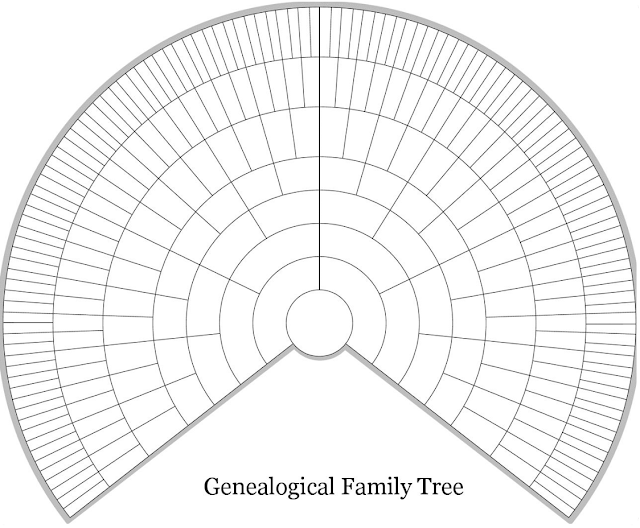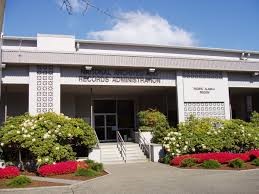Happy Birthday, George!

[1] Happy Birthday, George! George Washington was born on February 11, 1731. But wait, you say, “I always thought his birthday was February 22.” Well, after 1752, it was. When George was born in the Colony of Virginia in 1731, Great Britain still used the Julian calendar. The Julian Calendar had to be replaced because “it did not accurately reflect the time it takes the Earth to circle around the sun.” [2] By 1752, September had only 11 days. In 1752 Great Britain and its colonies adopted the Gregorian Calendar, which added 11 days to the months of January through March, and started the new year on January 1, rather than March 25. This changed George’s birthday to February 22, 1732! George did not seem to care. There are records of him celebrating his birthday on February 11, some years, and on February 22, in other years. Double Dating in Genealogy When you get back to the eighteenth century in your genealogical research, you may begin to encounter double dating. For instanc...






